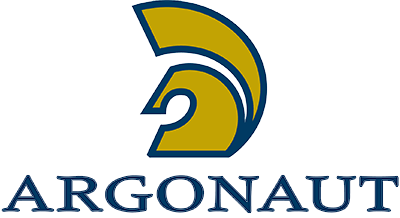- Wednesday, 25 July 2012
- By Brooke Showers
- MiningNews
Uranium will have a space in global markets once more as it slowly recovers from an uncertain economic period following Japan’s Fukushima disaster – it’s just a question of timing and how it is financed.
This is what analyst Argonaut managing director Eddie Rigg told delegates at the Uranium Conference in Fremantle last week.
Global market uncertainty has escalated since the uranium conference was held this time last year, with many uranium explorers struggling to attract investment for project development.
Rigg said it had been a tough 12 months for uranium with the S&P 300 metals and mining index dropping 40% from just above 5000 points to a little more than 3000 points.
Discouraging market sentiment and the Fukushima situation had intensified the tough run for uranium.
Despite this, Argonaut’s research projected uranium would be the best performing commodity over the next few years, despite starting at a lower base than most other commodities.
“If there is something which gives us confidence, it’s that the world always does revert to the equilibrium and return to the mean,” Rigg said.
“Since 1980, every two to three years the market reverted back to the mean and the market was now experiencing a flow of money into bonds and fixed interest.”
During 2012, more money has been drawn out of equities and at some point the flow of money has to revert back to the equilibrium.
“I’m not sure when this will happen but it will happen,” Rigg said.
He said it was only a matter of time and generally occurred once the money started returning to equities, which had given investors and the resource sector confidence there would again be a future for equities and, in particular, mining and metals and uranium.
Argonaut observed uranium spot prices had remained at a range of around $A50-55 per pound.
“There needs to be a price of around $80 per pound to give the incentive and enthusiasm to take these projects through to financing and development,” Rigg said.
Argonaut predicted the new generation of uranium projects would require total C3 costs between $60 and $65, making it hard for uranium producers that were attracting a lower uranium spot price.
“Most of the new projects are low grade, at considerable depth, in remote locations and require spending [capital expenditure],” Rigg said.
On the supply side and partly due to these factors, he said there had been a lack of tier one and two uranium discoveries in Australia in the past two to three years.
He added that unfunded explorers were under a lot of pressure regardless of the commodity.
Argonaut predicted the aftermath of the Fukushima disaster would cause a 10% reduction in demand by 2020.
However, due to a world energy shortage and even a lack of “clean” energy, Rigg said demand for uranium and nuclear power would be strong.
He urged the Greens to work with industry to develop uranium as a competitive and clean alternative energy source.
“The amount of carbon produced by a kilowatt of nuclear power is very small,” Rigg said.
He forecast China would also have an increased demand for nuclear energy from the Australian uranium resource sector as the country faced increasing pressure for alternative energy sources to clean up its heavy pollution.
In order to get uranium projects into development stage, Rigg said many companies were forming strategic partnerships with major mining players to fund exploration while the equity markets were closed and smaller companies tried to avoid taking on too much debt.
“Some uranium companies are now 50 per cent owned by majors in order to survive and that’s where we see end-users securing long-term supply from these juniors,” he said.
“We look forward to more merger and acquisition activity there.”

